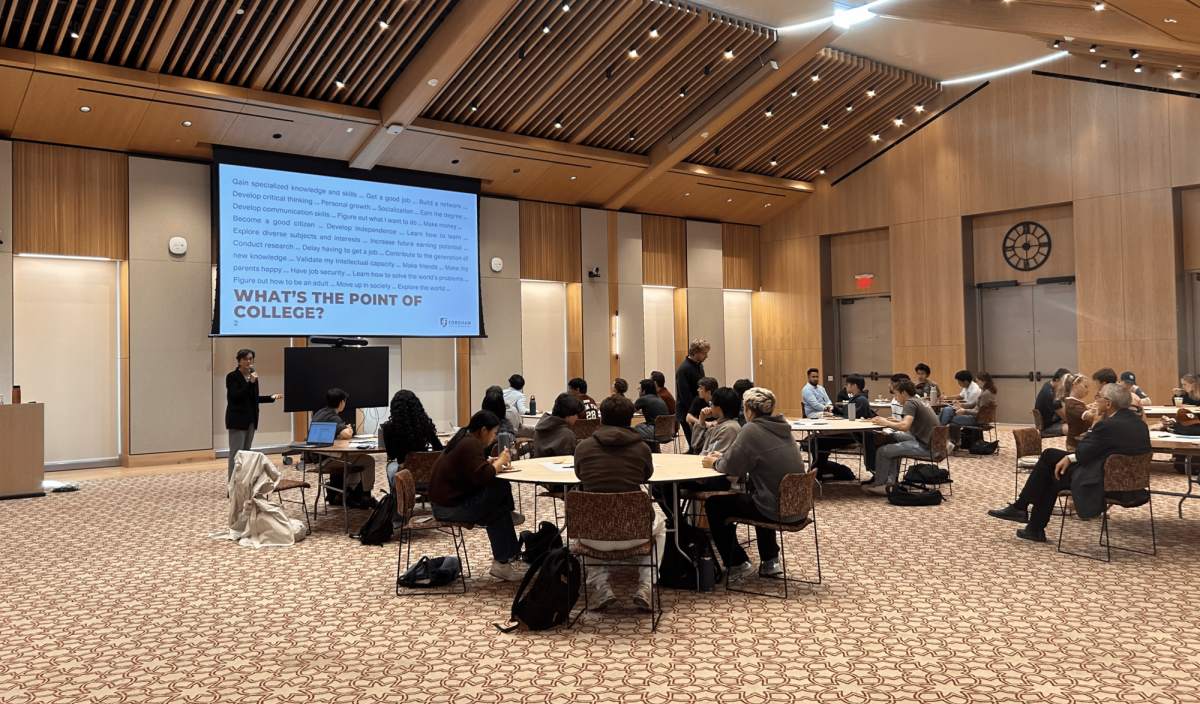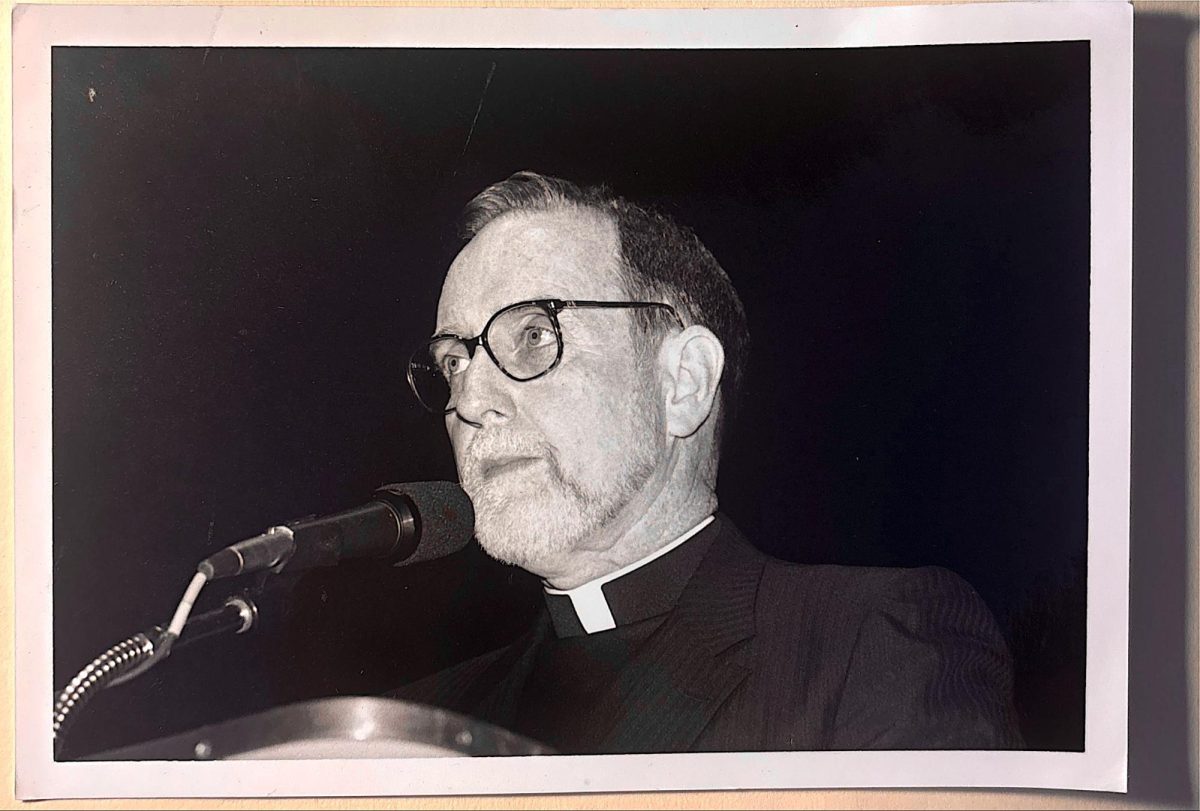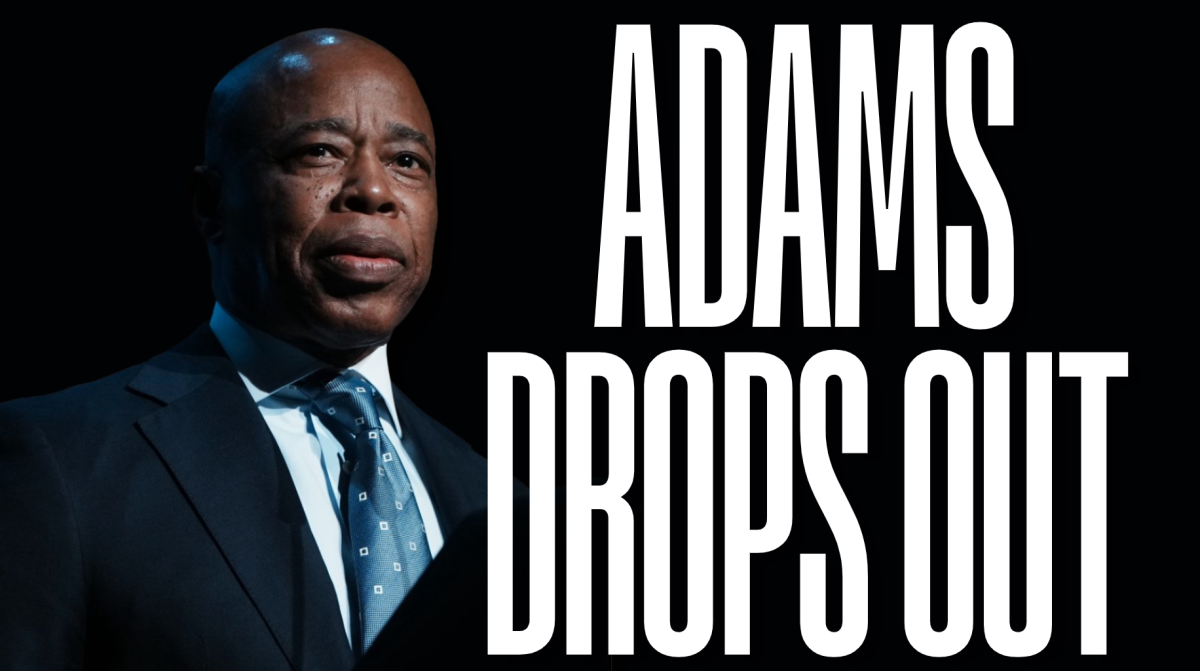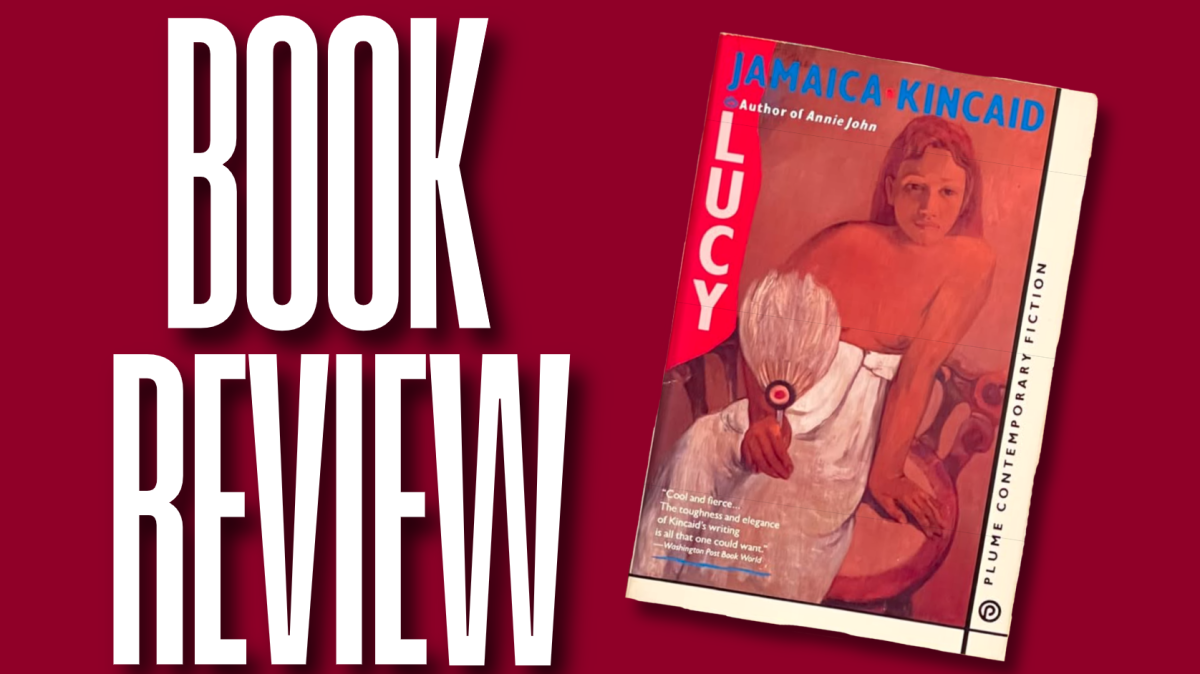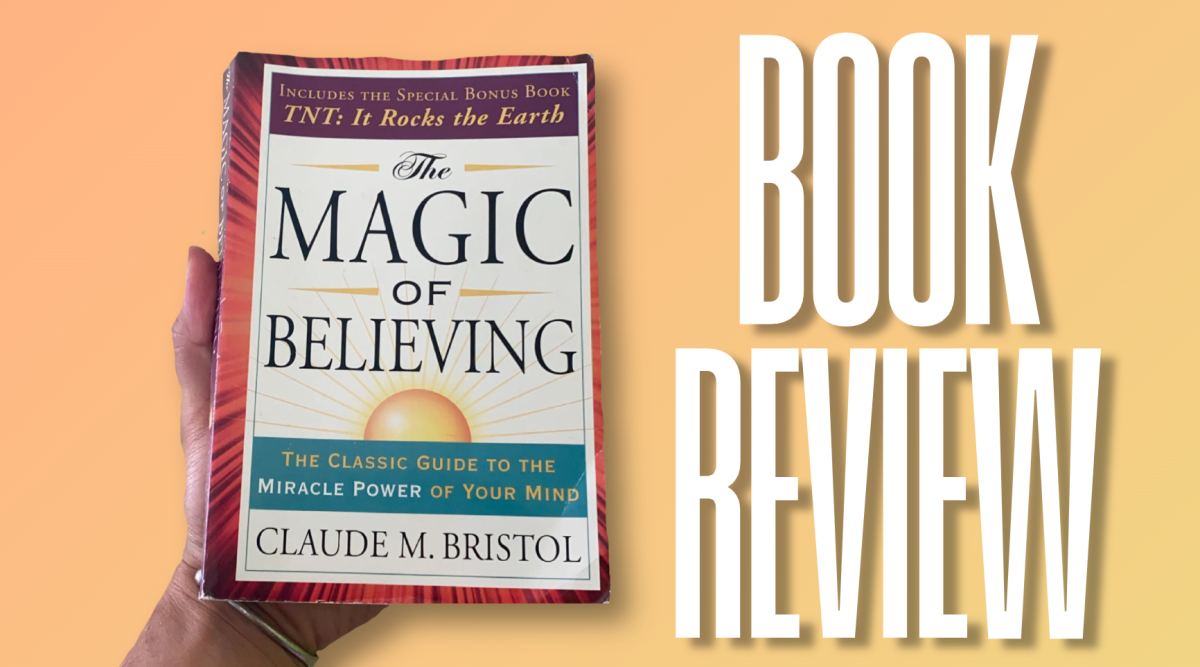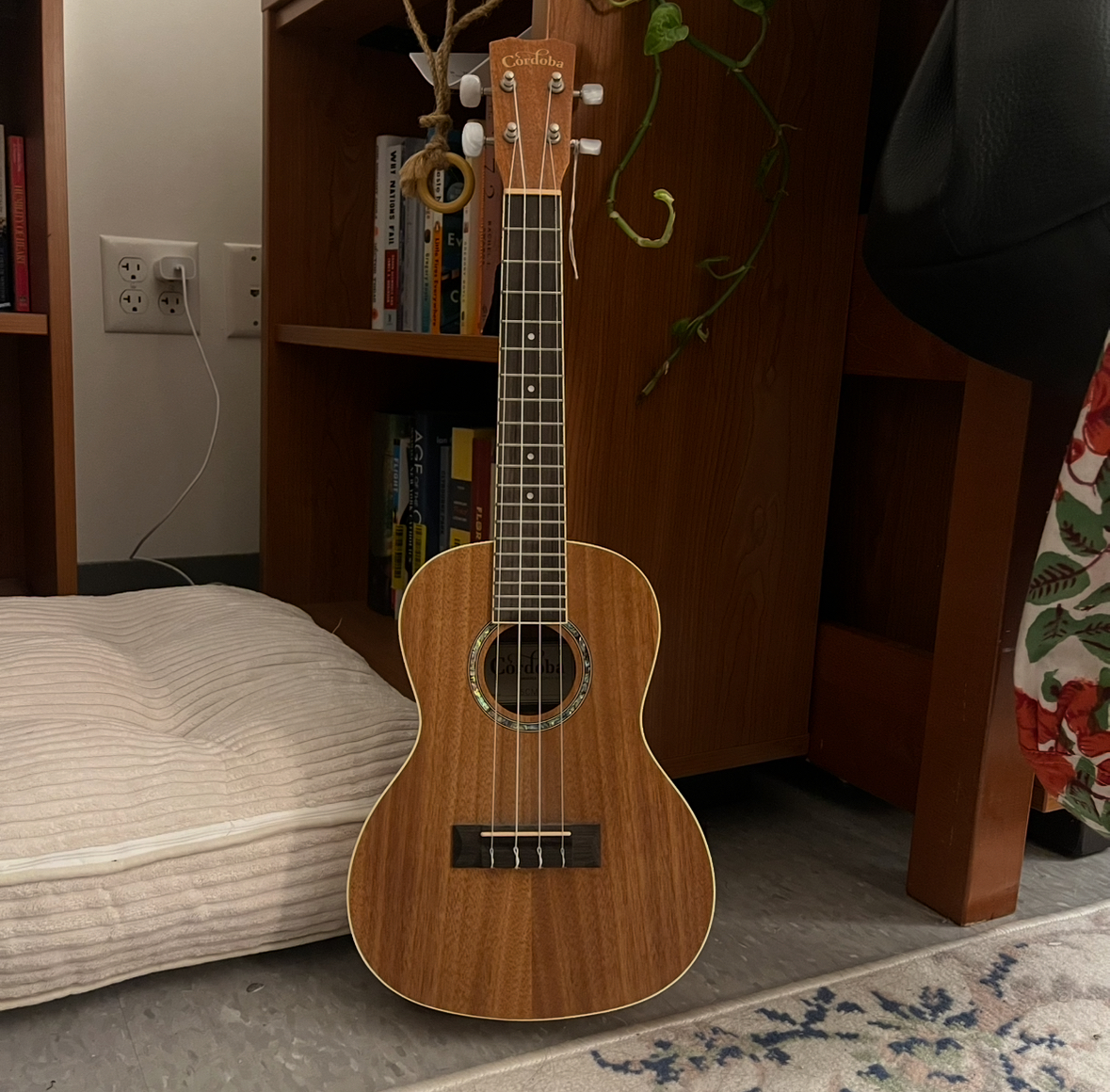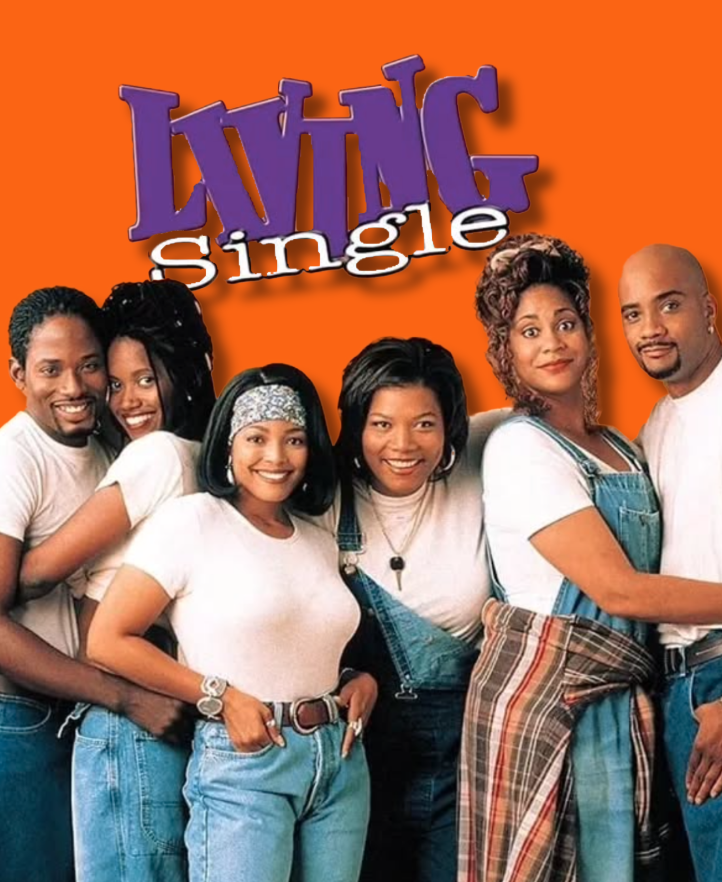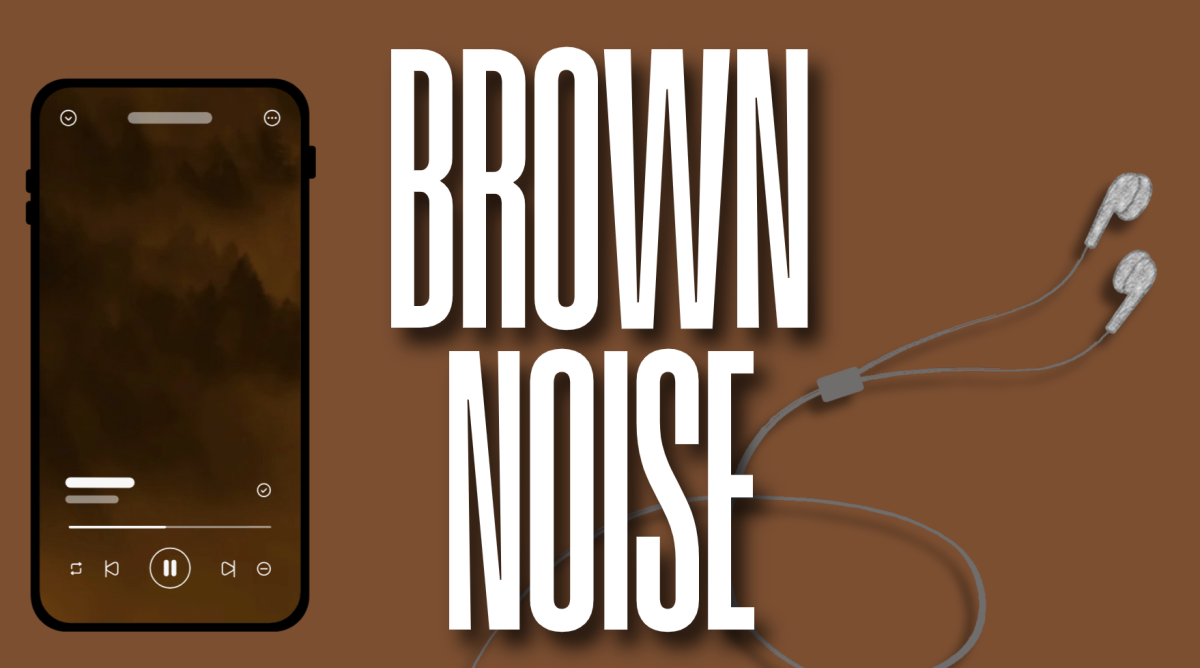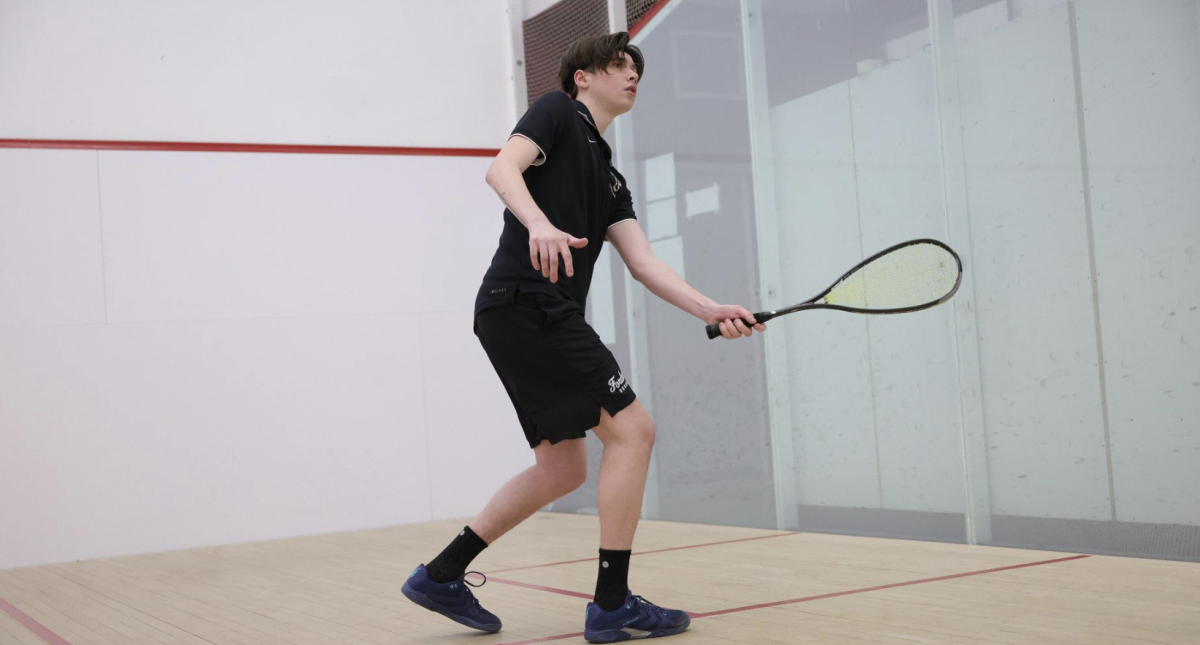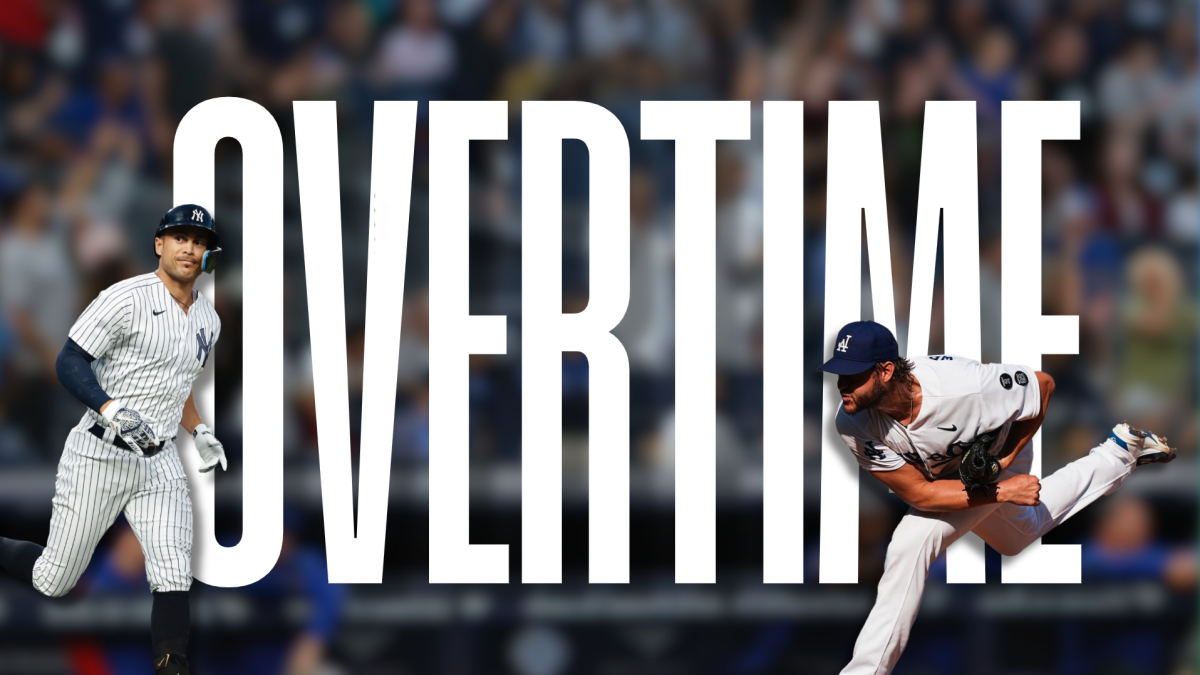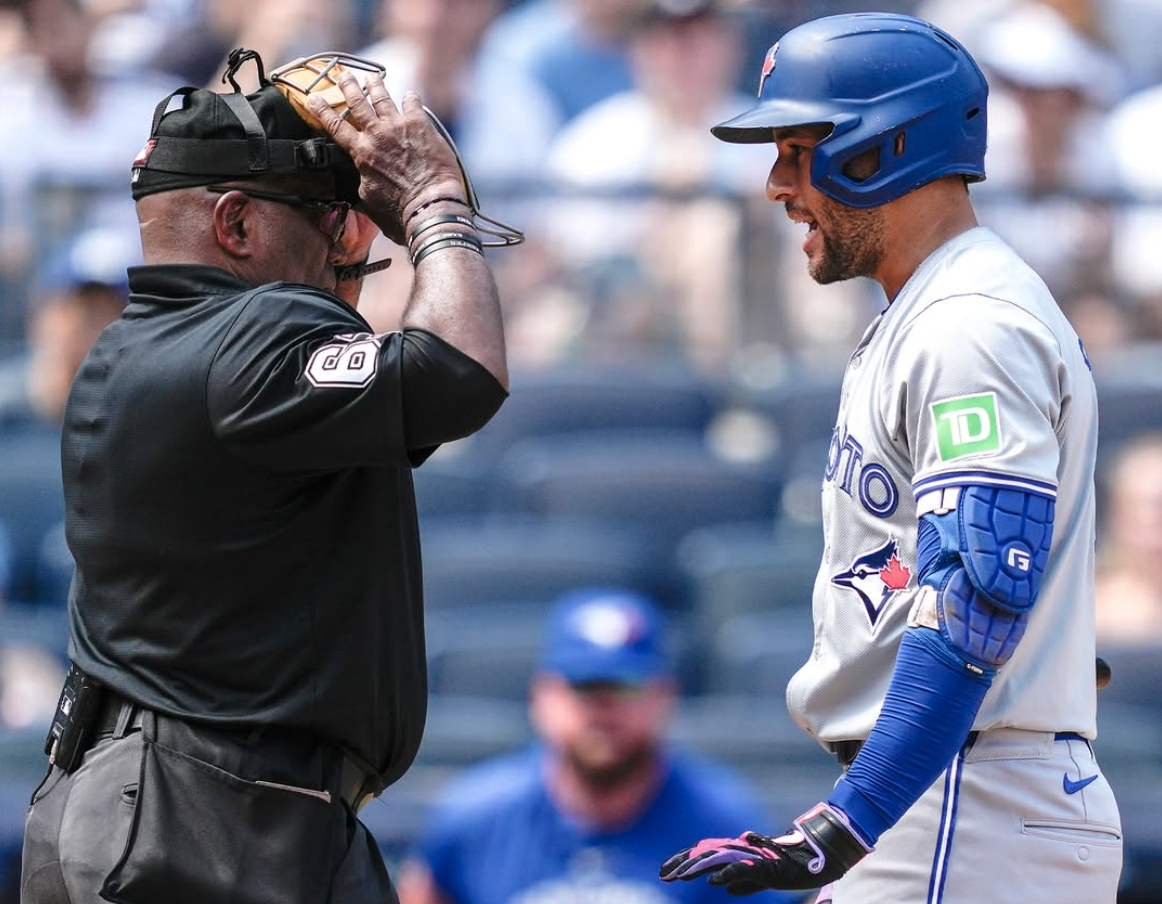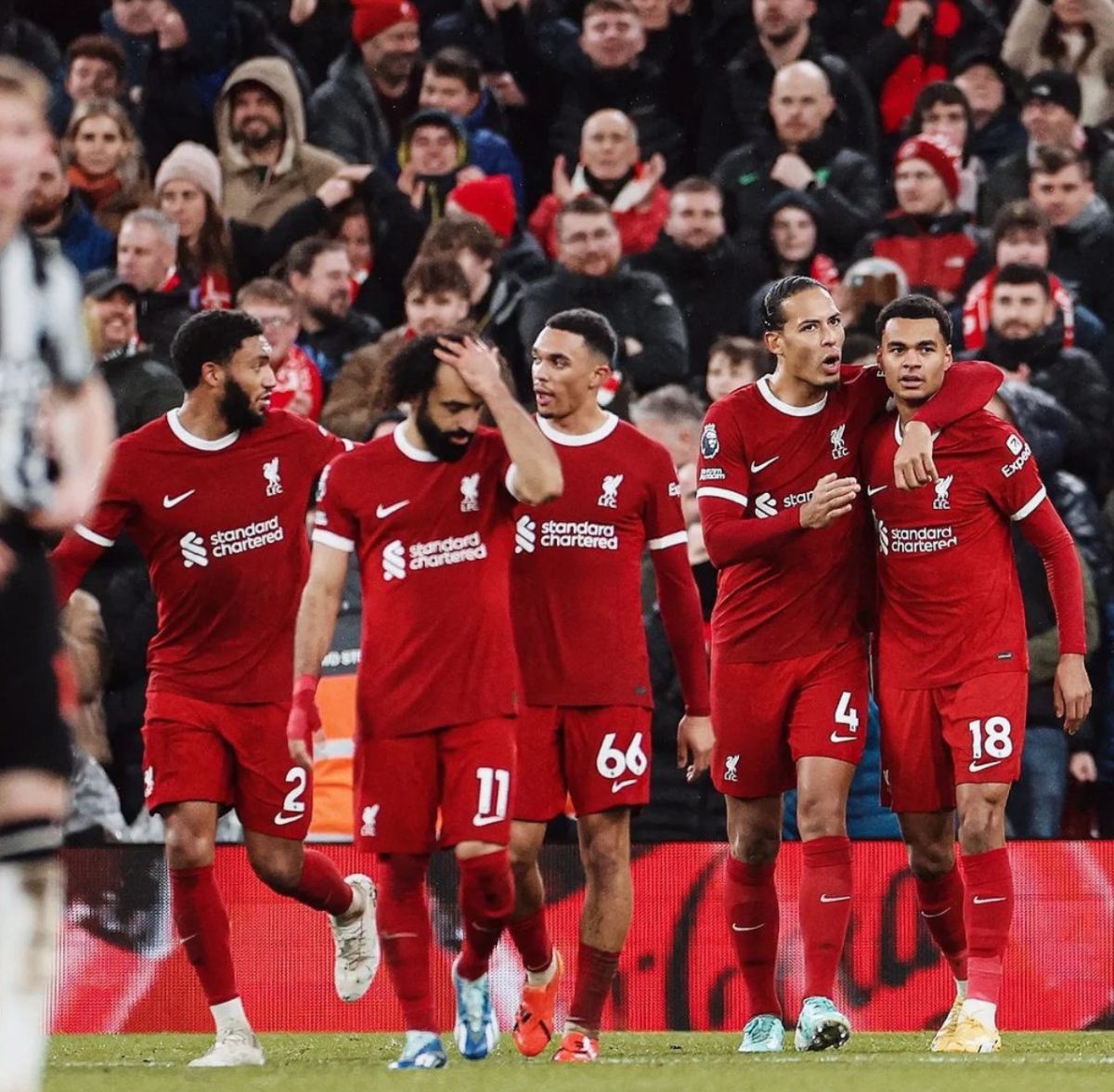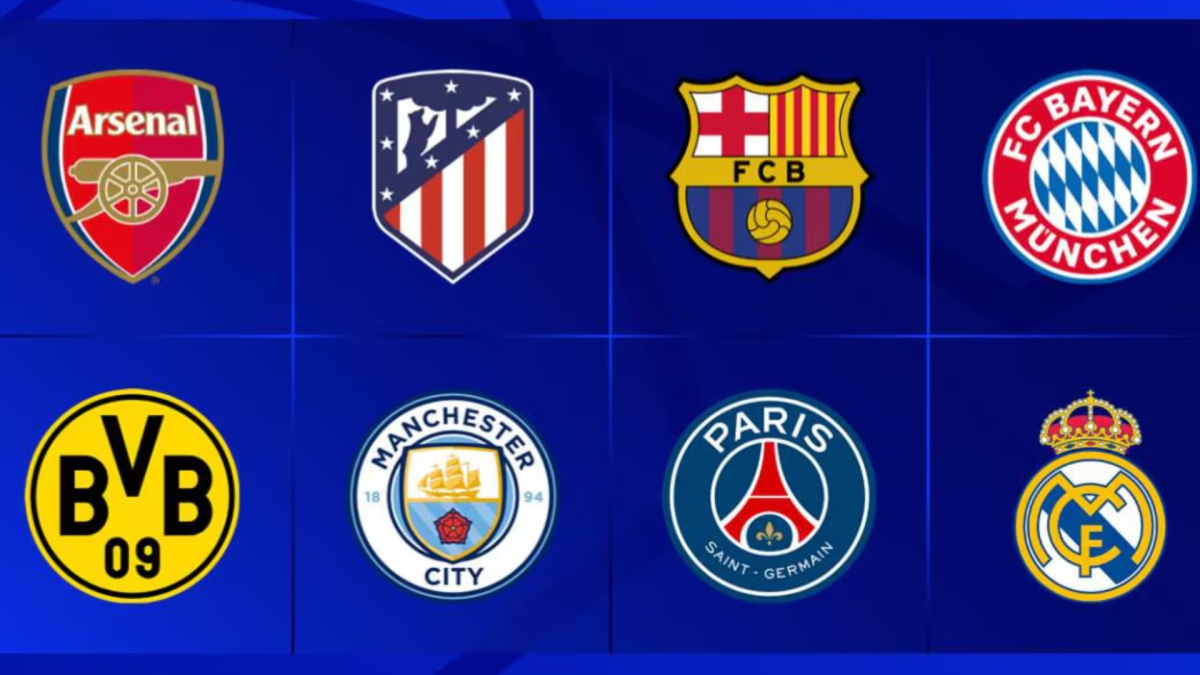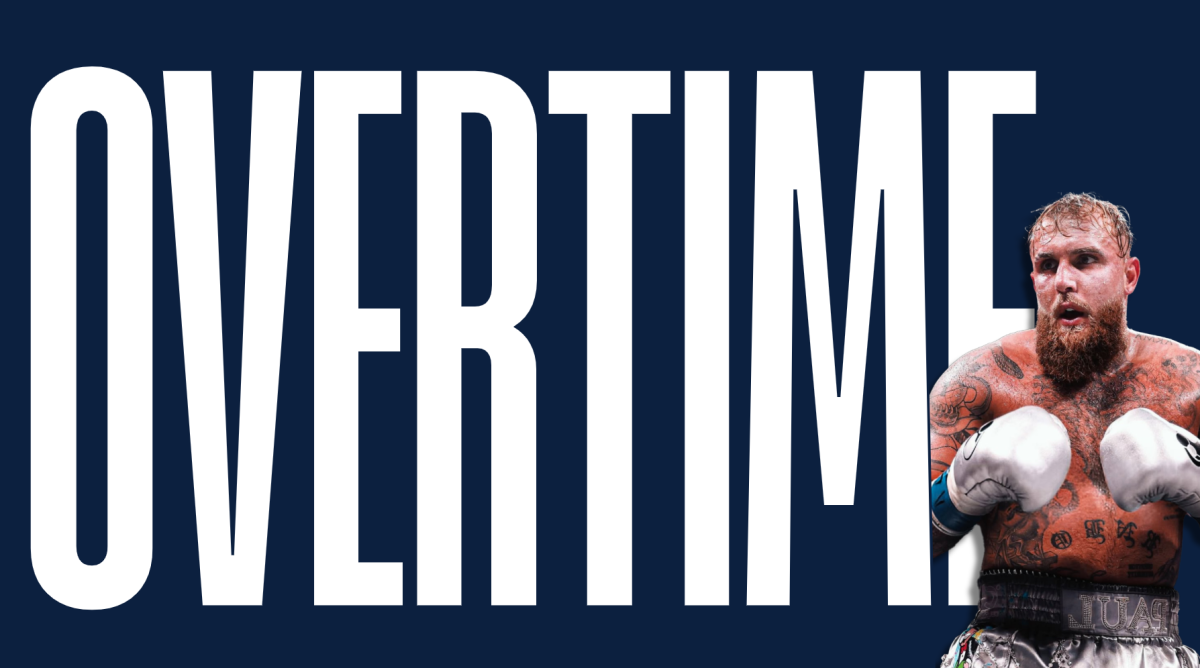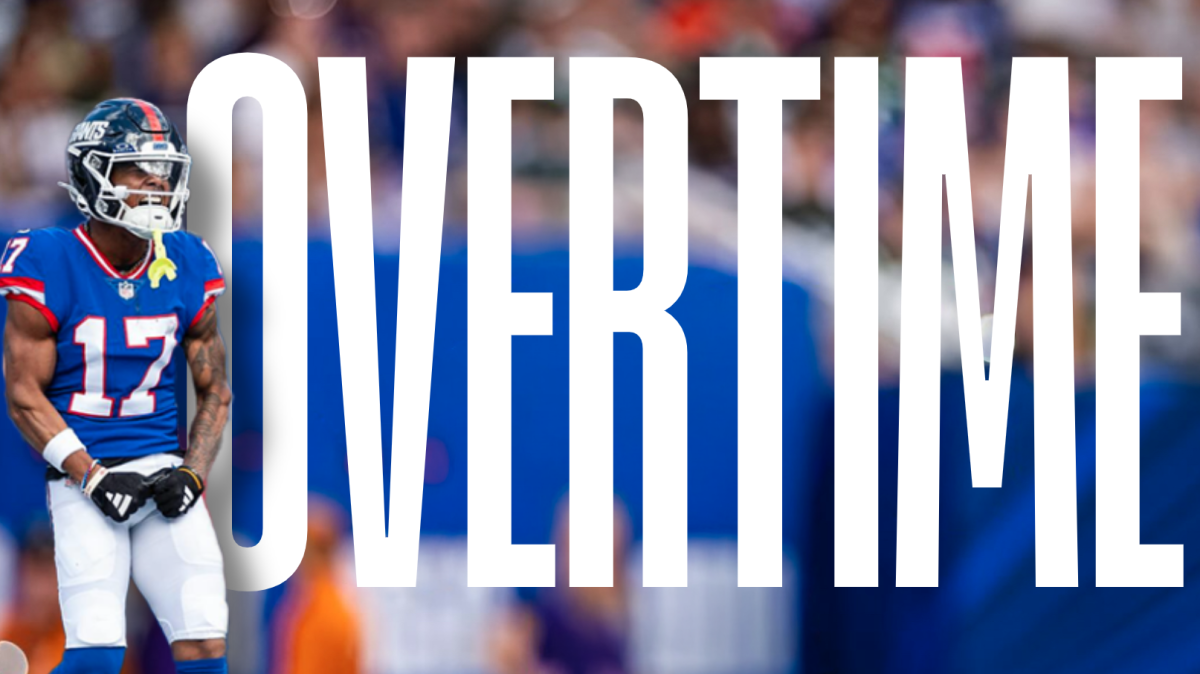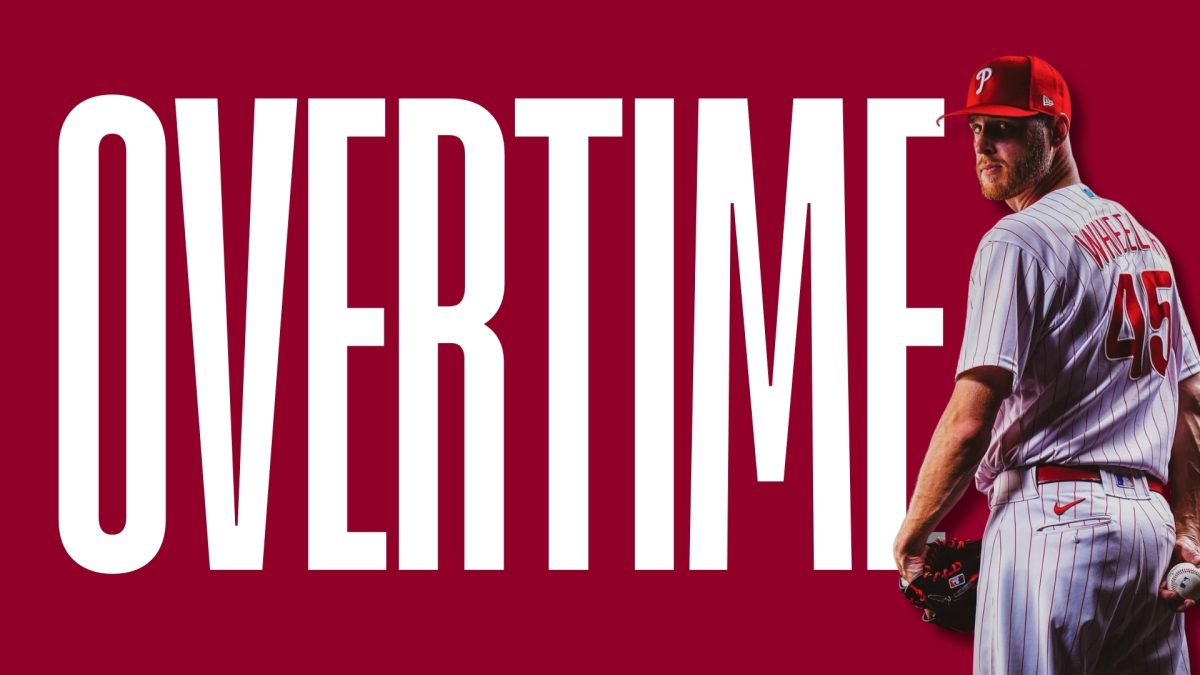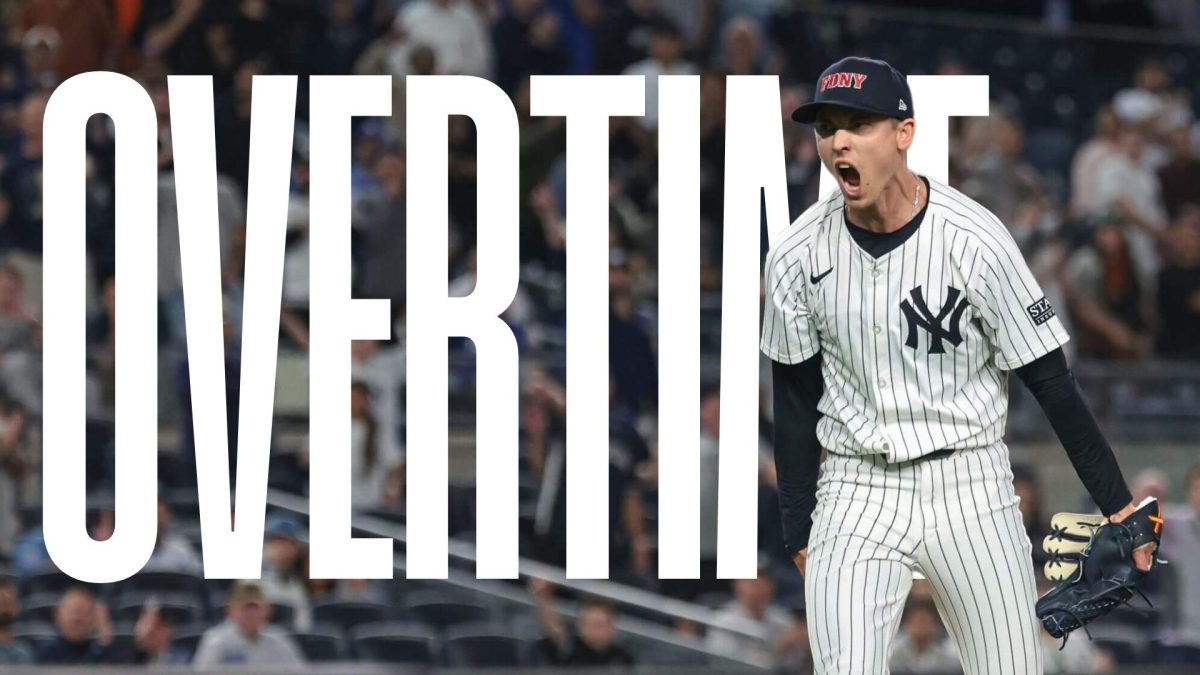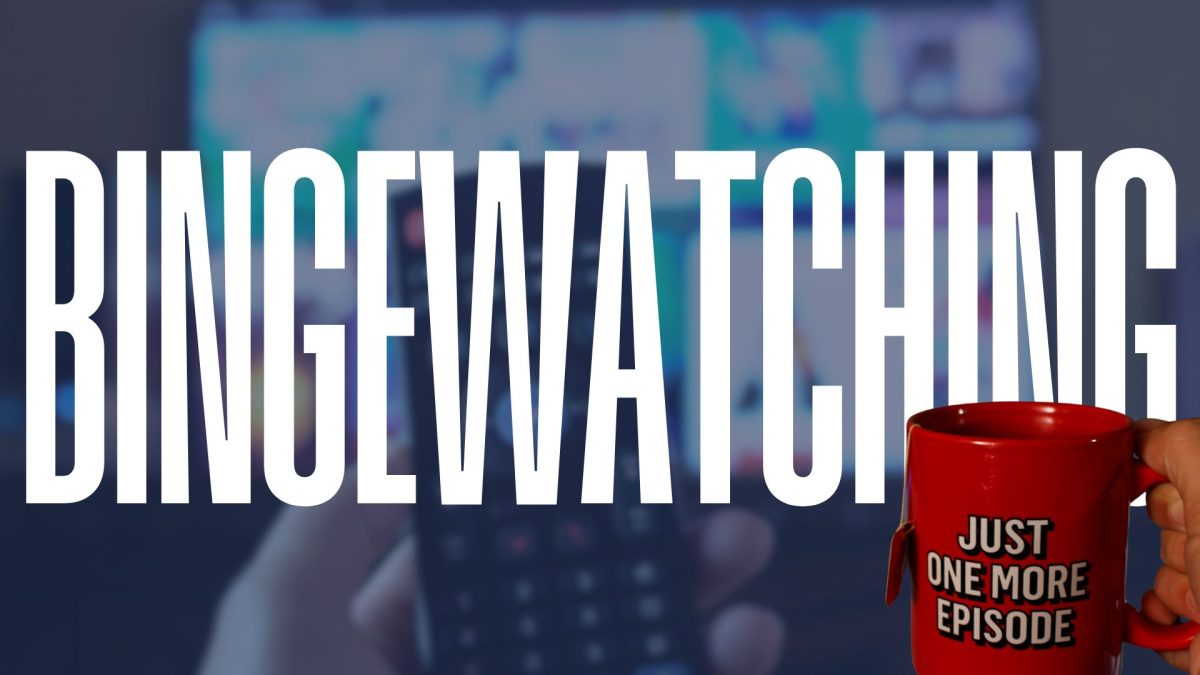As streaming platforms dominate the television industry, how the average viewer consumes content has drastically changed. While some platforms, like Netflix, rely on the binge model — where entire seasons are released at once — others, such as Max and Disney+, drop one episode per week. The weekly release schedule offers a far better viewing experience than the binge model. Staggering the episode releases builds suspense and fosters deeper engagement from audiences, while dropping full seasons at once causes the show to fall out of public discourse much faster and turns television watching into a race to the end of the season instead of enjoying each episode individually.
For busy college students, the weekly release of episodes reigns supreme. This model allows for better balance, as only one episode a week needs to be consumed in order to stay up-to-date on the show. No need to neglect work and studying to conduct an eight-hour binge-watch of a new show. Instead, watching the singular episode is a nice break between assignments while watching a whole season can feel like a job in itself.
Of course, the binge model does not require watching the entire season in one sitting, and with a little self-control, the season can be watched over the span of one week instead. The problem, however, comes with the inevitable risk of spoilers. Good luck logging into any social media platform without seeing the twist-ending of your favorite show spoiled at the top of your home page. While you can spread out your consumption of the episodes, many people do not, and the chances of hearing spoilers are much higher.
Not only are the chances of hearing spoilers much less likely with the weekly model, but it also builds suspense for the upcoming episode. The slow rollout allows mystery and tension to increase over the weeks instead of being resolved within a matter of hours. Extending the anticipation makes each reveal far more impactful, as audiences can use the time to speculate and build excitement before the next episode airs. The viewing experience becomes more immersive and rewarding rather than becoming an overwhelming blur.
The weekly release schedule also cultivates much more engagement in comparison to the binge model. When “The White Lotus” releases every Sunday night on Max, audiences can tune into the episode on their television or laptop while following along on their phones to thousands of fans posting their live reactions on X. Even after the episode airs, the online conversation moves into theories, predictions and analysis of the episode until the next week. In contrast, when an entire season is released at once, the discourse surrounding the show does not last nearly as long. According to data collected by the platform Fandom, seasons with weekly releases generate 33% more engagement during their release window compared to when seasons are dropped all at once. The engagement for series using the weekly model is also sustained for 50% longer than shows with the binge model. Discussion of the episodes is also prolonged outside of online spaces. Viewers watch and process each episode, bringing their thoughts into conversation with friends and family to create an ongoing dialogue for weeks.
When binge-watching a show the episodes tend to blur together, and it becomes much more difficult to appreciate each episode individually because you are determined to reach the finish line. According to a study from First Monday, viewers who binge-watch shows are less likely to remember details than those who watch one episode a week. The weekly release model allows each episode to stand on its own for a full week, and audiences can use the time to fully analyze the episode. Each episode becomes a point of discussion instead of the season overall, enabling fans to dissect possible foreshadowing and subtle plot developments that may otherwise be overlooked when episodes are watched all at once.
While binge-watching a show brings instant gratification, the weekly release model offers a richer and more satisfying viewing experience for audiences. Viewers savor each episode and participate in discourse for months instead of rushing through a season and moving on after a few days. Prolonged engagement with television shows deepens the audience’s investment in the story while also building a greater appreciation for small details that can go unnoticed when consuming a season all at once. The method of releasing episodes weekly is a much-needed return to how television shows have always been aired. Despite the rise of binge-watching, the weekly format remains the superior method to experience television, as this model preserves the excitement, suspense and community that makes television watching enjoyable.
Johanna Brooslin, FCRH ’27, is an English major from Medfield, Mass.

